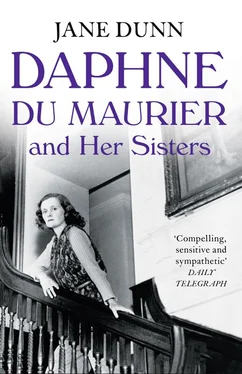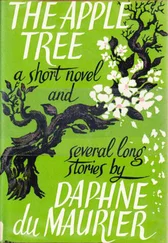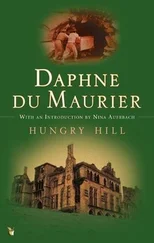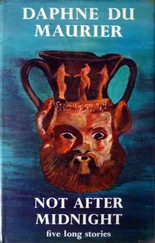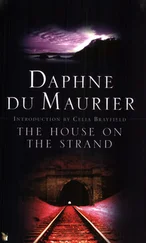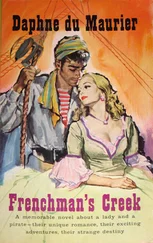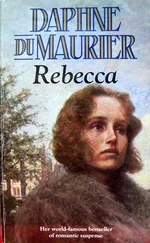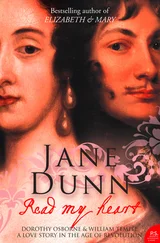To Angela it was much less complicated. Slyfield was ‘the loveliest house I have ever lived in’. 25It was there that this city girl discovered the beauty of bluebells and the intoxicating smell of lilac from a bush beneath her bedroom window. Her happiness that summer was made complete by her infatuation with a farmhand called Arthur who sat her on his great horse. For the first time Daphne felt she ‘had come off second-best’, for Angela ‘smiled down at me, proud as a queen’. 26Daphne preferred the farm animals, the great shire horses and the luscious countryside with the River Mole flowing through the manor’s grounds. But mostly the country meant the precious freedom to go off on one’s own, on some adventure, only to return to the adults’ dominion with reluctance and impatience at their intrusion into her world.
Already very unalike in character, both girls seemed to inhabit parallel universes, Angela’s emotional, connected to others and Daphne’s bounded only by her imagination and peopled with her own creations. With a macabre detachment she could dispassionately watch the gardener at Slyfield nail a live adder to a tree, declaring it would take all day to die, and return at intervals to watch it writhing in its desperate attempts to break free. Aunt Billy had given Daphne two doves in a cage and she found it tiresome to have to feed and care for them when she would rather be out doing interesting things. She was struck how Angela loved administering to her pair of canaries and sang while she cleared out their droppings and sprinkled fresh sand on the base of their cage. Daphne’s solution was to set her doves free and accept without complaint the scolding that would be forthcoming, for this was the price of her freedom from care. Jeanne, so much younger, amenably slipped into whatever game or role her elder sisters required. She was pretty and jolly and loved by her mother and nurse, and her life had not yet deepened into its later complexities.
While the children spent the summer at Slyfield, Gerald enjoyed one of his great theatrical successes up in town. He had produced Diplomacy , a melodrama by the nineteenth-century French dramatist Victorien Sardou who was known for the complex constructions of his plots and the shallowness of his characterisation. This play sprang the young actress Gladys Cooper to fame, playing Dora the beautiful spy at the centre of the action. All her life, Gladys was to remain a close friend of the whole family, loved and admired by the du Maurier daughters as much as by Gerald. Angela and Daphne were both taken to see the play in which their father, as producer, had given himself a minor role that he played with characteristic nonchalance. Angela never forgot the dramatic impact at the end of Act Two as the exquisite Dora banged the door hysterically crying, ‘Julian, Julian, Julian!’ When Sardou was asked what tips he would give an aspiring playwright he famously advised: ‘Torture the women!’ It certainly made the play memorable for an impressionable girl of eight and in their nursery productions, Angela would reprise with gusto Dora’s tortured door-banging and weeping. This dramatic scene and the part of Wendy from Peter Pan were her two favourite acting roles, repeated many times with her sisters.
Angela also never forgot her first meeting with Gladys, not just for her luminous beauty at barely twenty-two, but for one of her father’s characteristic roles as the unpredictable joker. On a summer Sunday morning in 1911, when Angela was seven, she and Gerald drew up in the family car at Rickmansworth station to meet the London train. Angela was sent off alone to pick up ‘the prettiest lady’ she could find amongst the throng on the platform. Luckily, Gladys stood out with her fine fair hair and dazzling blue eyes and this small child in her sun bonnet emerged from the crowd and solemnly took the prettiest lady by the hand and without a word led her back to the car where Gerald waited, highly amused. ‘How like my father, Gerald du Maurier!’ recalled Angela decades later, with a mixture of exasperation and affectionate pride.
The year after this great success, Britain was at war. The assassination on 28 June 1914 of the Archduke of Austria in a little known part of the Balkans was the start of what became known as the Great War. Initially, however, there was no great concern at home as eager boys were waved off as part of an expeditionary force; most people thought they would all be home by Christmas. And although everything had changed, in some respects life for the du Maurier children went on in much the same routine. They still spent the summer months in the country, each year gaining greater freedoms. In 1915 they were in Chorley Wood in Surrey and Angela, by now eleven years old, had lessons every day with a family across the common. Daphne was left on her own with their first family dog, Jock, a much-loved bottlebrush of a West Highland Terrier that became her loyal companion on solitary adventures in the gardens and countryside beyond. Jeanne was growing up and at four had become more use to Daphne in her dramatic recreations of adventure stories. This year it was Treasure Island that captivated her: Angela was roped in to playing the supporting parts, and Jeanne filled in as Blind Pew to Daphne’s Jim Hawkins or Long John Silver.
Harrison Ainsworth, a prolific and highly successful historical nineteenth-century novelist, became for a while Angela and Daphne’s favourite author, his stories providing Daphne with plenty of dramatic incident to re-enact with her sisters. The Tower of London provided ample opportunity for torture and death. Angela was happy enough to play Bloody Mary (for whom she admitted some affection) but was proving less tractable to joining in with Daphne’s imaginative games, keener on pursuing her own more grown-up interests. Jeanne, however, was happy to be Daphne’s sidekick and was beheaded many times by her elder sister without complaint. ‘Jeanne, strutting past, certainly made a moving figure, her curls pinned on the top of her head, while I, the axeman, waited …’ 27Unsurprisingly, Daphne could not recall in these childhood games ever being felled herself by the executioner’s axe, although she would submit occasionally to the torturer’s rack or to energetic writhing in simulating a victim of a rat attack. Catholics and Huguenots provided another thrilling enactment with all kinds of grisly tortures and deaths, but on her terms.
More memorable and exciting even than Slyfield Manor was the family’s visit in 1917 to Milton, a stately colonnaded country mansion near Peterborough, owned by a friend of their mother’s, Lady Fitzwilliam. Daphne recalled with some puzzlement that her usual shyness and diffidence as a child, when confronted with new people and experiences, was here swept aside as she stood in the grandeur of the great hall. Instead she was overwhelmed by an instantaneous feeling of happiness, recognition, even love. This sense of familiarity and affection for the house never left her and much later became conflated with her mysterious Cornish mansion, Menabilly, to create her most famous fictional house, Rebecca ’s Manderley.
The girls were only at Milton for ten days, Angela and Daphne sharing one spacious bedroom and their mother and Jeanne another. The sisters entertained and played cards with the convalescing soldiers who were nursed by the Red Cross in the centre of the great house, but there was so much laughter and good humour among the men that the terrors of war did not impinge on the young girls’ thoughts at all. There was too much fun to be had, hiding and seeking in the unused wing, visiting the pack of Fitzwilliam hounds, rabbiting with the soldiers, hanging over the huge jigsaw puzzle that Lady Fitzwilliam worked on most of the time. She nicknamed the du Maurier girls Wendy, Peter and Jim, much to their delight, particularly Daphne’s for she was awarded Peter, that most promising of boy personas.
Читать дальше
